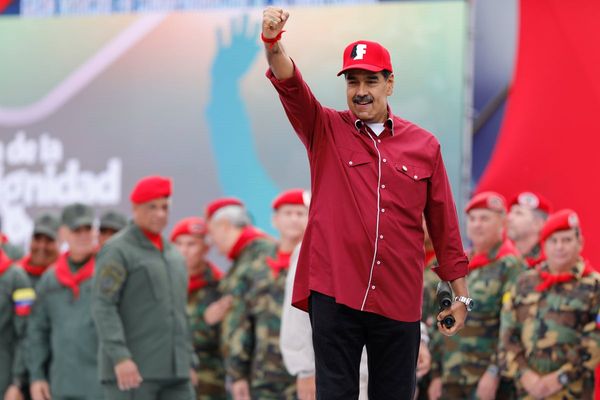
“We all [men and women] train the same way but not in similar institutions. There is a difference. At least the pride men hold for coming from National Defence Academy is bigger. Why can’t women take that pride when they are serving the same forces,” Acharya said.
The Indian Army began inducting women for short service commission in 1992. But the corridors of the National Defence Academy are still restricted.
Excluding the medical wing, in which Indian women have been serving for decades, women still form a small part of the military—0.56 percent of the army, 1.08 percent of the air force, and 6.5 percent of the navy. Total 8.14 percent.
The U.S. permitted women to be admitted to all service academies in 1976. In the U.S., women represent 16 percent of the enlisted forces and 19 percent of the officer corps with equal training parameters. In 2016, the U.S. lifted Pentagon’s ban on allowing women in frontline combat roles.
In the U.K., women make up 15.9 percent of the armed forces. In 2015, it was announced that British women would be permitted to begin training for all roles. In 2016, a ban on women serving in close combat roles was also lifted.
Indian Armed Forces have again attracted the spotlight with Delhi-based advocate Kush Kalra filing public interest litigation at the Supreme Court of India.

The petition questions the exclusion of female candidates from entering the National Defence Academy “solely on the basis of their sex is a denial of fundamental right to practice any profession, and it is not justifiable within the contours of the Indian Constitution”.
In response to the petition, a three-judge bench headed by Chief Justice of India S.A. Bobde issued a notice to the defense ministry and the two defense training academies. Hearing this discourse was Anita from Delhi, who wishes to join the Indian Army after school but fears she might not be able to due to the discriminatory rule.
After The Indian Armed Forces opened the doors for women to serve as permanent commissioned officers, after the Supreme Court of India’s order, demands allowing women to join combat roles rose.
Though the Navy opened for women officers in 1992 and Air Force did the same in 1991, many combat roles, especially in the Indian Army, have been reserved for male officers. Now, women soldiers are being trained. They will be the first women to be inducted in the Indian Army’s rank and file.
“Most countries that have women officers in armed forces didn’t start along the line of equality. They started on the line of workforce shortage,” retired Indian Army Colonel Amardeep Singh told Zenger News.

“India, on the other hand, began inducting women in forces on the lines of gender equality,” Vice Admiral Pradeep Chauhan told Zenger News.
“Women should compete on merit and not as a special case. The military is not just another job. It requires physical, mental, and psychological hardships,” Singh said. But “when women join armed forces, they start demanding special privileges.”
“Why can’t women join as soldiers and why only officers,” he questioned.
Bandopadhyay, too, believes women need to prove themselves.
“Women join armed forces for the ‘home’ postings. As soon as ‘outdoor’ posting comes, they start coming up with excuses,” she said. “I have served for 40 years, and this has been the case and is still the case.”
“It’s not about man and woman but who is ready for the duty. The demand of allowing women in the National Defence Academy is right, but not based on gender. When you wear the uniform, you are an officer, not a woman or man,” Bandopadhyay said.
There is a general opinion that training at National Defence Academy is extremely tough, and women can’t survive for a day.

But Chauhan denies the view. “Any average man or woman would not survive National Defence Academy training because you need a certain type of individual, whether that’s man or woman doesn’t matter,” Chauhan told Zenger News.
“All should be put into the same regime, and whoever clears should be inducted.”
There are 142 defense training institutions and academies in India. Major being National Defence Academy and Indian Military Academy, which takes National Defence Academy aspirants who choose to go to Army.
Women were not allowed in any national defense training institution, including Sainik Schools, Indian Military Academy, and Rashtriya Indian Military College. However, the defense ministry has asked five Sainik Schools to start admitting girls from Class VI from the 2020-2021 academic session.
“This will help build a structure for women, and then there will be no challenge to have women in National Defence Academy. This will break the dam of resistance,” Chauhan said.
(Edited by Amrita Das and Gaurab Dasgupta. Map by Urvashi Makwana)







